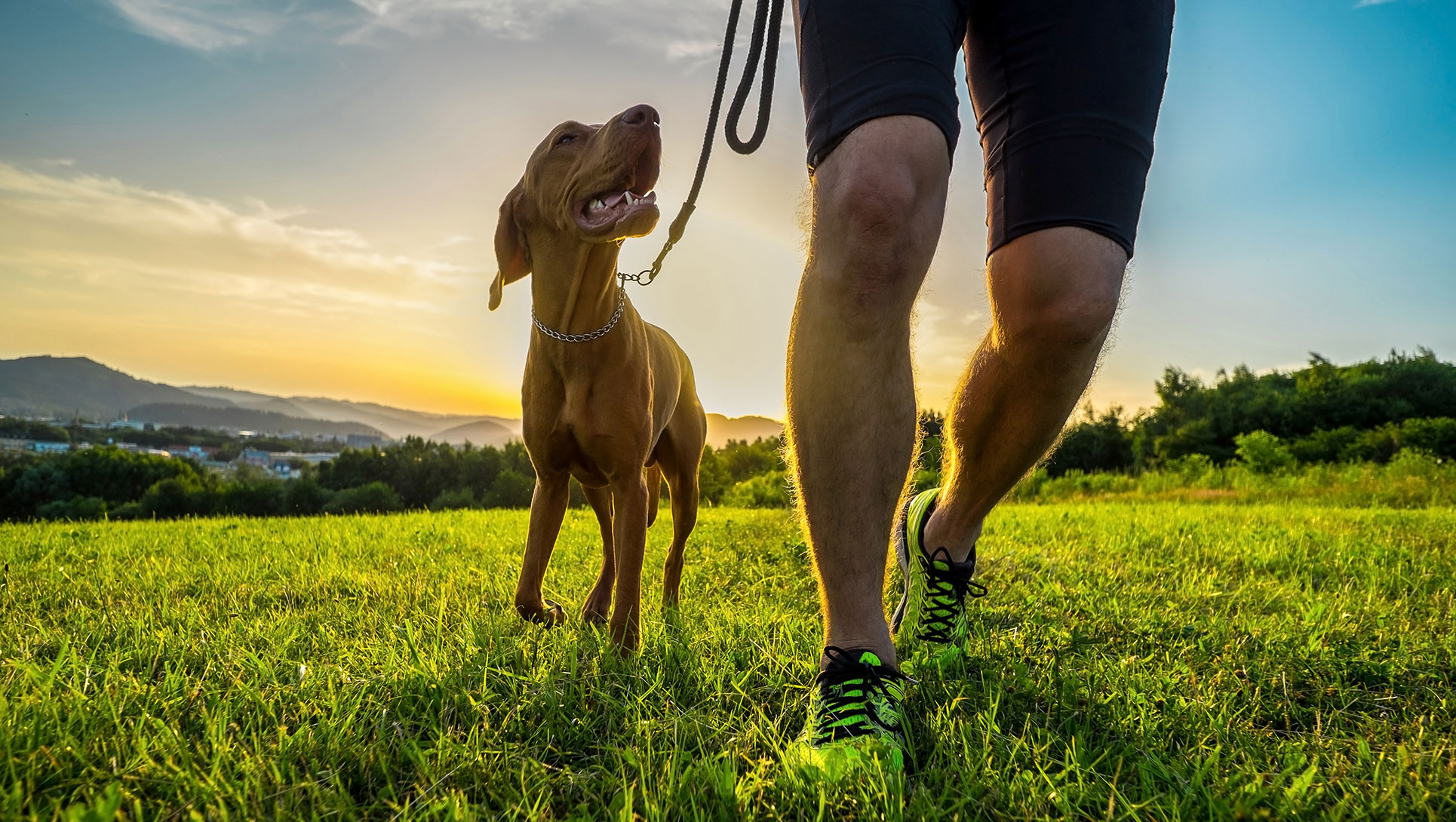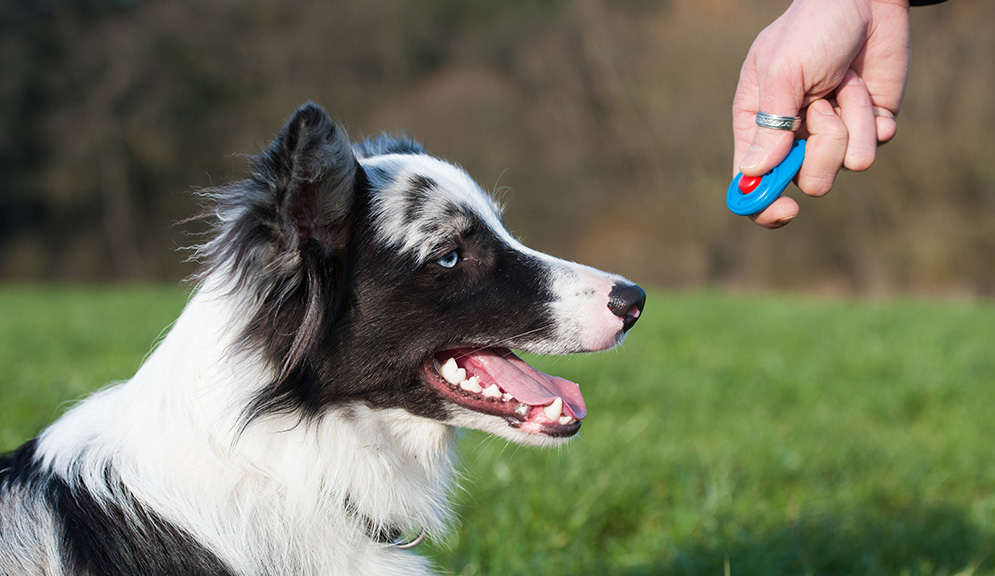The Ultimate Guide to Dog Training: Tips for Every Stage of Your Dog’s Life
The Ultimate Guide to Dog Training: Tips for Every Stage of Your Dog’s Life
Blog Article
Novice's Guide to Effective Canine Training at Home
Efficiently educating a canine at home needs a nuanced understanding of canine habits and reliable communication approaches. Developing clear training objectives, making use of high-quality rewards, and preserving uniformity across household participants are essential elements. Integrating training right into everyday regimens can enhance both interaction and retention. Several beginner fitness instructors encounter obstacles that might prevent progression. To navigate these complexities properly, it's necessary to discover a number of crucial elements that can transform your strategy and lead to a harmonious partnership with your pet dog. What basic concepts should every beginner grip to guarantee success?
Understanding Pet Dog Behavior
Comprehending pet behavior is important for reliable training and fostering an unified relationship between humans and their canine buddies. Pet dogs connect mainly via body language, vocalizations, and faces, making it vital for proprietors to interpret these signals accurately. Identifying habits such as tail wagging, roaring, or trembling can offer understandings into a pet dog's mood and intents.

Typical behavior issues, such as hostility, anxiousness, or too much barking, commonly stem from misunderstandings or unmet requirements. Observing and resolving these issues immediately can avoid escalation and ensure a positive training experience. By fostering a deep understanding of dog behavior, proprietors can tailor their training methods to suit their canine buddies, inevitably causing a well-behaved and satisfied pet.
Essential Training Devices
A well-equipped training space can dramatically improve the efficiency of pet dog training in the house. Essential training devices make certain that both the trainer and the dog can participate in effective sessions that promote understanding and bonding.

Purchasing a tough leash and a comfy, well-fitting collar or harness is important for safety and control. These tools help establish limits and guarantee the dog continues to be safe and secure during training. In addition, a designated training area, devoid of disturbances, aids focus for both the instructor and the canine.
Educating help such as training pads, cones, or agility devices can also enhance the experience by introducing variety and challenges. Lastly, having a notebook or digital application for tracking progress can be very useful, enabling you to keep in mind successes and locations for enhancement. Using these crucial tools will certainly develop a positive training setting and lay the foundation for efficient understanding.
Developing an Educating Routine
Establishing a visit their website regular training routine is vital for efficient dog training at home. A well-structured routine not only helps in strengthening desired habits but additionally provides your dog with a complacency and predictability. To produce an efficient training regular, begin by identifying details training goals, such as fundamental commands, chain strolling, or house-breaking.
Pick an assigned time every day for training sessions, ideally when your canine is sharp and responsive. Sessions must be brief, about 5 to 15 mins, to maintain emphasis and stop fatigue. Uniformity in timing and atmosphere will boost your dog's understanding experience.
Include training right into everyday tasks to reinforce skills. Technique commands during strolls or nourishment, which incorporates learning right into natural regimens. Furthermore, remain flexible and change the regular as needed, fitting your dog's energy degrees and mood.
Favorable Reinforcement Techniques
Favorable support methods are basic to efficient canine training, advertising preferred behaviors with incentives instead than penalty. This technique uses favorable stimulations, such as deals with, appreciation, or playtime, to motivate pets to duplicate particular actions. The cornerstone of this approach is timing; benefits must be given quickly adhering to the desired behavior to develop a clear organization.
When implementing positive support, it is vital to pick incentives that are encouraging for your canine. High-value treats, such as small items of chicken or cheese, can be specifically reliable during training sessions. In addition, differing the incentives can keep your canine's rate of interest and interest.
Beginning with simple commands, like "rest" or "stay," and progressively development to much more complicated tasks. Uniformity is key; guarantee that all household members utilize the same commands and reward systems to prevent complication.
Moreover, it is essential to continue to be pop over to this site individual and stay clear of aggravation. Pets, like people, discover at their very own rate. By cultivating a supportive training setting via favorable support, you can enhance your pet's discovering experience while enhancing the bond in between you and your fuzzy buddy, preparing for successful training outcomes.
Common Educating Difficulties
While training a pet dog in your home can be a gratifying experience, it typically features a collection of usual challenges that can check both patience and consistency. One widespread problem is interruption. Pet dogs might come to be conveniently sidetracked by sounds, activities, or go to my site perhaps fragrances in their environment, making it difficult to keep their focus during training sessions.
Another difficulty is inconsistency in commands and support. It can puzzle the canine and impede progress if household participants make use of various hints or benefits. Developing a unified method is important for efficient communication.
Furthermore, pets can experience disappointment or tension, especially if they do not comprehend what is expected of them. This can lead to unfavorable behaviors, such as chewing or barking.
Ultimately, the timing of reinforcement is vital (Dog training). Postponed benefits can decrease the efficiency of positive support, as dogs may fail to attach the actions with the incentive
Getting over these challenges calls for dedication, clear interaction, and an organized training plan. Acknowledging and addressing these typical challenges will pave the way for an extra satisfying and effective training experience in your home.
Final Thought
In conclusion, successful dog training at home demands a comprehensive understanding of canine habits and efficient communication methods. By establishing clear training objectives and using high-grade deals with together with positive support, the training process ends up being more rewarding for both the fitness instructor and the pet.
Establishing a constant training routine is important for effective pet dog training at home.Favorable reinforcement techniques are fundamental to efficient dog training, advertising desired actions through incentives instead than punishment (Dog training). By fostering a helpful training environment with favorable support, you can boost your pet dog's understanding experience while strengthening the bond in between you and your fuzzy buddy, laying the foundation for successful training results
In conclusion, successful pet training at home requires a detailed understanding of canine habits and efficient interaction strategies. By developing clear training goals and utilizing high-quality deals with together with positive reinforcement, the training process ends up being a lot more rewarding for both the pet dog and the trainer.
Report this page